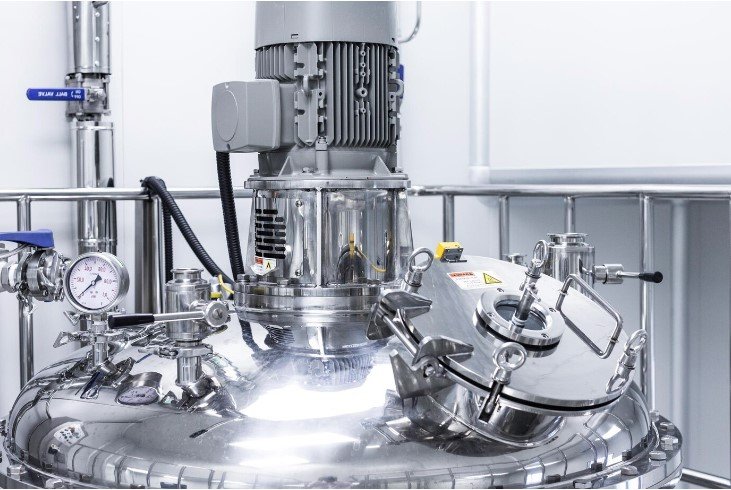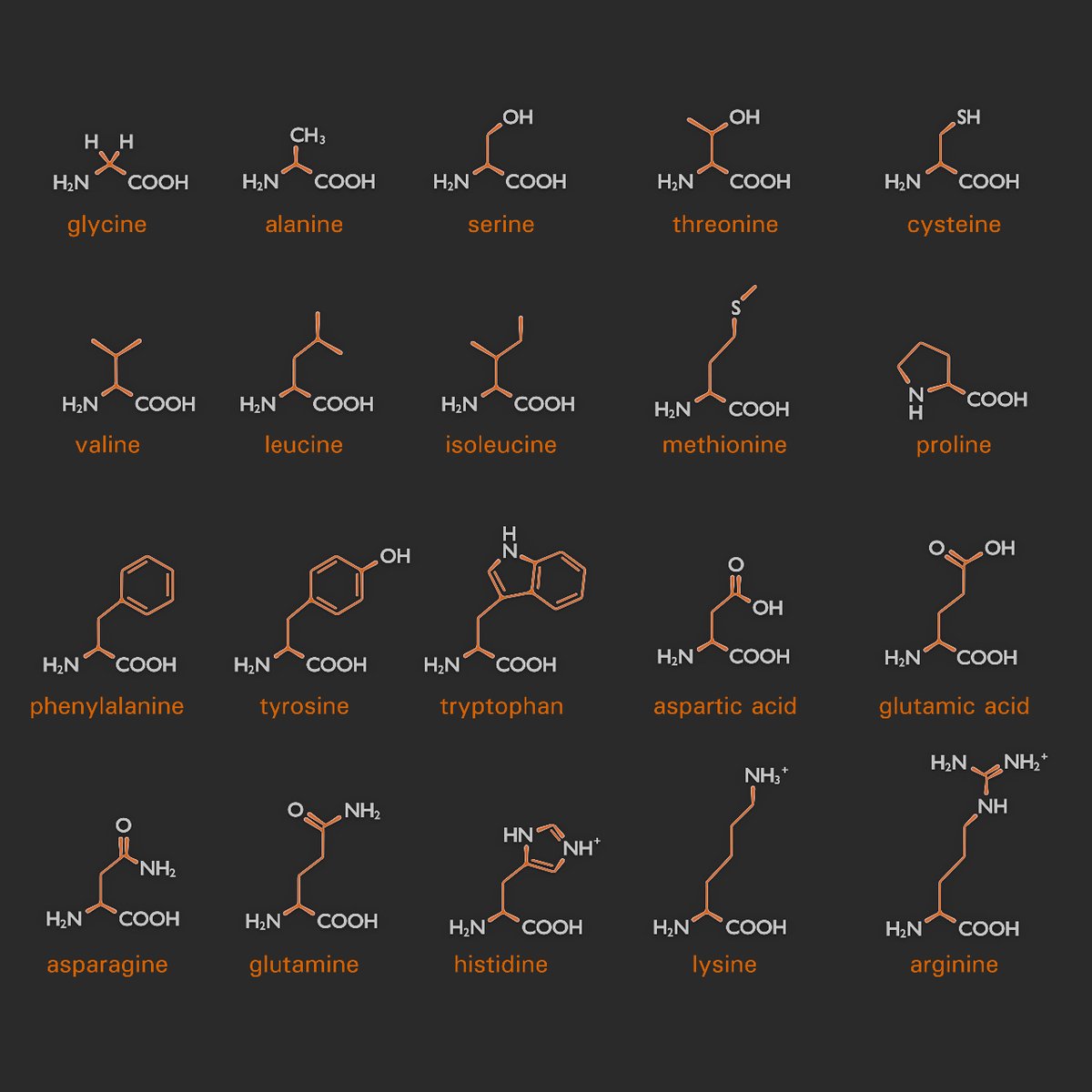Importance of Proper Plating Process Design
Offering timely quality at a fair price is the best way to serve customers. Isn’t this always true? Properly designing a plating process is one of the best paths to achieve this goal!
If you are designing a plating or conversion coating process line, you need to make the most of the opportunity. Time and time again, we had seen limitations in our process, capacity, and capability hindering our ability to serve customers effectively on key performance indicators (KPI) such as process capability, capacity utilization, and cost per unit.
Key Point:
A well-designed plating process line in most cases would only require ~ 20% changes to its features in the operations phase in the long term.
In reality, the required changes in the operations phase are seldom lesser than 20%. And these changes are expensive, time-consuming, and in most cases the problem and the positive benefits are unknown.

If you are designing or redesigning a plating process line now, seize the moment. Give your best – communicate, collaborate, and think long term (5–20 years). To ensure good process design begin by improving your understanding of customers and employees. At a bird’s-eye view consider aspects such as chemistry, engineering, technology, quality tools, and human factors.
Whether your supply chain is following predictive or responsive product flow, knowing products, variants, sizes, demand and demand frequency, and types of substrates will help determine plating process layout, sequence, tank capacity, rack design, rectifier capacity and ripple factor, and the process flow. In a plating bath, the anion type used, the effectiveness of formulation, and bath stability is a few among several important variables. You should identify potential errors–human and technology-related failures and effects and prudent corrective actions must be well thought-out. NASA’s failure mode and effects analysis (FMEA) is one among several tools available within lean and total quality management (TQM) concepts. Breakdown and preventative maintenance, inventory management, and process control must follow instantly after completion of the design phase and the beginning of manufacturing phase, which we will discuss more in one of the later
The listed variables influence quality at the design phase, though there are more variables and specifics within the variables.




